Refine listing
Actions for selected content:
2251 results in Cambridge Elements
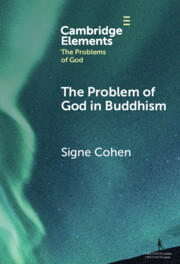
The Problem of God in Buddhism
-
- Published online:
- 17 February 2025
- Print publication:
- 13 March 2025
-
- Element
- Export citation
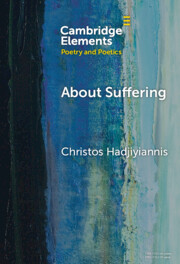
About Suffering
- On Louise Glück
-
- Published online:
- 17 February 2025
- Print publication:
- 13 March 2025
-
- Element
- Export citation
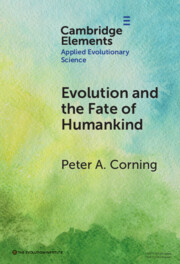
Evolution and the Fate of Humankind
-
- Published online:
- 15 February 2025
- Print publication:
- 27 February 2025
-
- Element
- Export citation
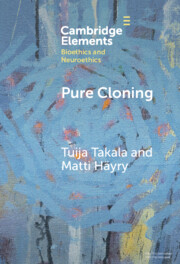
Pure Cloning
-
- Published online:
- 14 February 2025
- Print publication:
- 13 March 2025
-
- Element
-
- You have access
- Open access
- HTML
- Export citation
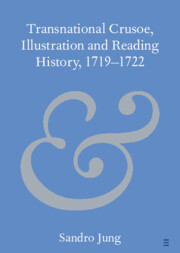
Transnational Crusoe, Illustration and Reading History, 1719–1722
-
- Published online:
- 14 February 2025
- Print publication:
- 06 March 2025
-
- Element
-
- You have access
- Open access
- HTML
- Export citation
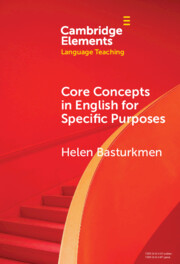
Core Concepts in English for Specific Purposes
-
- Published online:
- 13 February 2025
- Print publication:
- 30 January 2025
-
- Element
- Export citation
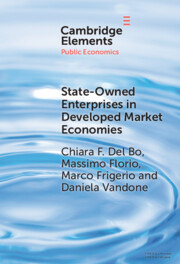
State-Owned Enterprises in Developed Market Economies
- Theory and Empirics
-
- Published online:
- 13 February 2025
- Print publication:
- 06 March 2025
-
- Element
- Export citation
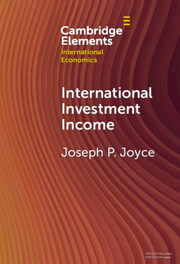
International Investment Income
-
- Published online:
- 13 February 2025
- Print publication:
- 13 March 2025
-
- Element
- Export citation
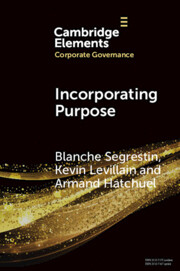
Incorporating Purpose
- The New Legal Foundations for the Corporation and its Management
-
- Published online:
- 11 February 2025
- Print publication:
- 06 March 2025
-
- Element
- Export citation
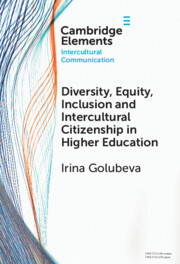
Diversity, Equity, Inclusion and Intercultural Citizenship in Higher Education
-
- Published online:
- 10 February 2025
- Print publication:
- 27 February 2025
-
- Element
- Export citation
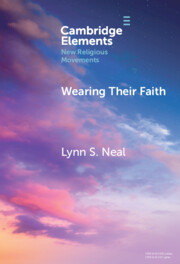
Wearing Their Faith
- New Religious Movements, Dress, and Fashion in America
-
- Published online:
- 10 February 2025
- Print publication:
- 13 February 2025
-
- Element
- Export citation
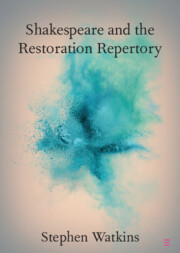
Shakespeare and the Restoration Repertory
-
- Published online:
- 10 February 2025
- Print publication:
- 06 March 2025
-
- Element
- Export citation
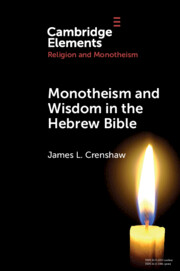
Monotheism and Wisdom in the Hebrew Bible
- An Uneasy Pair?
-
- Published online:
- 09 February 2025
- Print publication:
- 13 February 2025
-
- Element
- Export citation
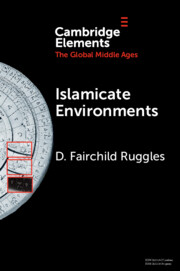
Islamicate Environments
- Water, Land, Plants, and Society
-
- Published online:
- 08 February 2025
- Print publication:
- 06 March 2025
-
- Element
- Export citation
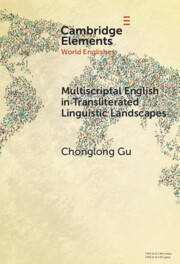
Multiscriptal English in Transliterated Linguistic Landscapes
-
- Published online:
- 07 February 2025
- Print publication:
- 13 February 2025
-
- Element
- Export citation
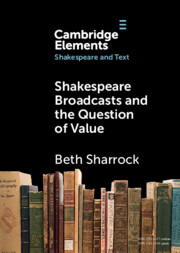
Shakespeare Broadcasts and the Question of Value
-
- Published online:
- 07 February 2025
- Print publication:
- 06 March 2025
-
- Element
- Export citation
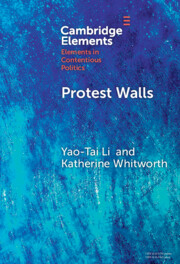
Protest Walls
- Co-authoring Contentious Repertoires
-
- Published online:
- 07 February 2025
- Print publication:
- 06 March 2025
-
- Element
- Export citation
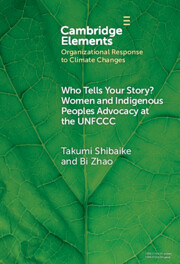
Who Tells Your Story?
- Women and Indigenous Peoples Advocacy at the UNFCCC
-
- Published online:
- 07 February 2025
- Print publication:
- 13 February 2025
-
- Element
- Export citation
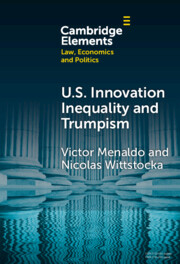
U.S. Innovation Inequality and Trumpism
- The Political Economy of Technology Deserts in a Knowledge Economy
-
- Published online:
- 07 February 2025
- Print publication:
- 13 February 2025
-
- Element
- Export citation
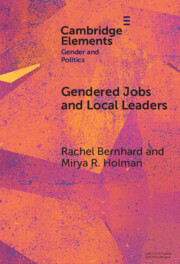
Gendered Jobs and Local Leaders
- Women, Work, and the Pipeline to Local Political Office
-
- Published online:
- 07 February 2025
- Print publication:
- 06 March 2025
-
- Element
-
- You have access
- Open access
- HTML
- Export citation
